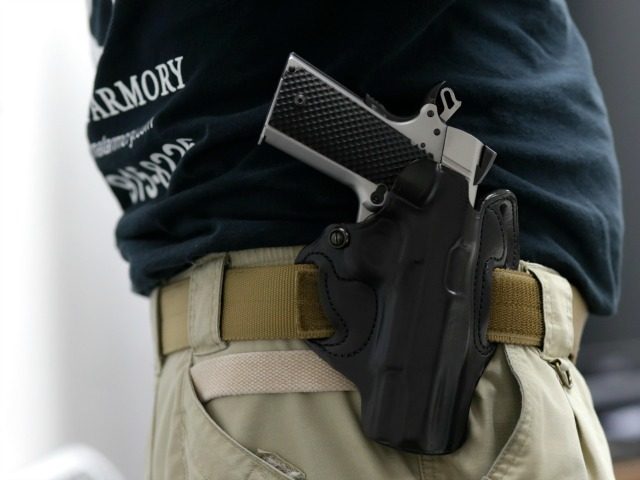There is no correlation between gun ownership and gun crime, a new analysis once again confirmed.
In an opinion piece published in the Washington Examiner, author David Freddoso looked at the latest FBI crime data and compared it to one estimate of gun ownership rates. What he found is a lack of correlation, just as he demonstrated in 2014 and just as we have discussed here and here before.
The bottom line: There is no statistically significant correlation between a state’s gun homicide rate and gun ownership rate in 2016.
So, what does it mean that states with relatively high and low levels of gun ownership have similar gun homicide rates? Why are the rates similar in Texas and in California? Maryland and Georgia? Massachusetts and Utah? That is easy. Criminals break the law, no matter what state they are in and no matter how many laws are enacted. As Freddoso writes, “Gun laws are primarily used after the fact to pile up longer sentences upon known (or suspected) criminals who get caught with guns. They are rarely used in a way that prevents mass shootings or common gun crime.”
Much to the chagrin of groups formed to enact new gun control measures, they just do not work. Fortunately, there are policy options that do help prevent criminals, prohibited persons and other unauthorized users from getting firearms.
For one, education works. Whether it is educating firearms owners and their families about safe storage options and providing free gun locks through Project ChildSafe, or educating firearms retailers about how to spot a straw purchaser through the Don’t Lie for the Other Guy initiative, the firearms industry’s educational efforts have proven to be effective over time in keeping guns out of the wrong hands.
Larry Keane is Senior VP and General Counsel for National Shooting Sports Foundation and a guest columnist for “Down Range with AWR Hawkins.”

COMMENTS
Please let us know if you're having issues with commenting.